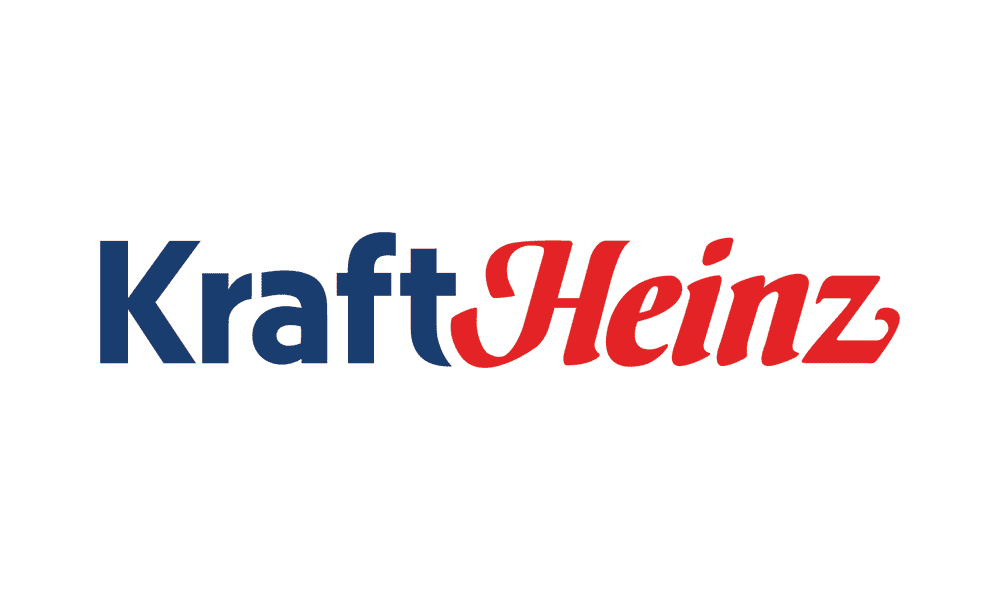Kraft-Heinz: Building Back Margins, Focused On Market Share

In its third quarter earnings report on Wednesday, Kraft-Heinz showed it had continued to equalize profit margins from previous quarters as operating costs were buoyed by slightly elevated sales numbers.
The multinational food maker reported gross sales of $6.5 billion, relatively flat from Q2 but marking a 2.9% increase from Q3 2021. Although profits were higher than expected – $1.84 billion versus $2.02 billion in the same period last year – the company continues to recover from market volatility.
Kraft-Heinz CEO and Chair of the Board Miguel Patricio remained confident that the company was on the upswing after a challenging economic environment in the last two years.
“We believe we are well-positioned to drive profitable growth and generate attractive returns for our stockholders,” Patricio said in prepared remarks. “We have managed through previous labor availability challenges and improved our overall equipment effectiveness. Now, approximately 80% of the supply chain challenges we face today are due to upstream supply disruptions on ingredients and packaging materials.”
Inflation and supply chain problems have dramatically impacted the company’s net income bringing it down to $435 million, 40.8% less than the same period last year, but improved from $265 million in Q2 2022.
Kraft-Heinz CFO Andre Maciel noted that the company grew its organic net sales by 11.6% in Q3, providing double digit growth in both North America and International markets despite the inflationary pressures and decreased raw material availability.
“Pricing and gross efficiencies more than offset inflationary pressure seen in the quarter, and we continue to invest in and support the business and future growth,” he said.
Company executives stressed that the rebuilding of inventories will not happen all at once, but is moving quickly in some cases and in other segments has been a slower recovery.
The company used the earnings call to bring investors attention to some of the innovation happening within the brands. Carlos Abrams-Rivera, EVP and president of North America Zone, highlighted the 40% reduction in sugar in Kraft’s Capri-Sun brand and formally announced the launch of Kraft’s plant-based, sliced American cheese made in collaboration with alt dairy company NotCo.
“Every single time we are renovating our portfolio, we’re putting in view of how we continue to improve our products overall. Not just because it’s the right thing to do, but also because that’s what consumers want us to do,” Abrams-Rivera said during the question-and-answer session.
In an effort to offset some of the challenges endured in recent years, the company reported that it has reduced about half of its SKUs from 2019, allowing it to better focus on its signature brands and increase its market share in specific channels.
The company announced in late August it was selling its B2B powdered cheese product segment to multinational food and beverage company Kerry for about $107 million. The sale was part of a $1 billion headwind Kraft experienced in its year-to-date free cash flow. Previously in 2020, Kraft had divested its natural cheese brands to global dairy company Groupe Lactalis for $3.2 billion.
Company leadership expressed that there was still low elasticity in the North America market but consumption was on the rise. Leadership maintained that it is focused on gaining market share in many segments and has put marketing dollars behind some of its signature brands with positive results.
Its back-to-school campaign yielded a 23% growth in the Lunchables brand and Kids Single-Serve Beverages (Capri Sun) grew 20%, Patricio reported.
He went on to express the company’s goals in gaining ground in the foodservice channel which rose by double digits in the third quarter.
“Foodservice channel growth has historically outpaced the retail industry by 1.5 times, and we believe there is a lot of white space to capture,” he said.
Kraft-Heinz raised its low end of expected, full-year adjusted EBITDA range to between $5.9 billion and $6 billion versus its previous guidance of $5.8 billion to $6 billion.


















